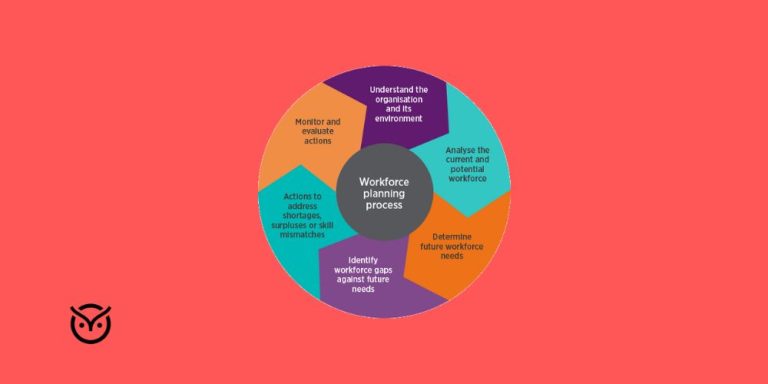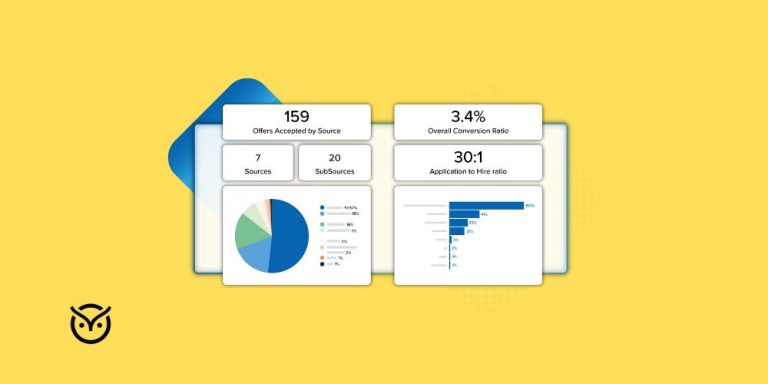Where Your Recruitment Budget Is Really Going (and How to Fix It)

TL;DR
- Most teams miss where their recruitment budget really leaks.
- Big spend goes to ads, agencies, and admin work.
- Hidden costs and manual recruitment screening costs pile up fast.
- Track spend, use templates, and automate.
- Vettio helps in cutting recruitment costs smartly.
You think your recruitment budget is spent on ads, interviews, and hiring tools. But in reality, it’s bleeding into dozens of hidden channels that drain your resources before you even see them. Many teams end up overspending by 20–50% because they never map where the money actually flows.
In this blog, you’ll see how costs hide in plain sight and learn how to reclaim that waste. I’ll show you where budgets get wasted, what invisible costs you’re probably missing, and how you can take control (including a look at manual recruitment screening costs and how Vettio fixes it).
The True Cost of Recruitment

When you hire, the headline costs are obvious: job ads, recruiter pay, tools, assessments. But the true cost is much higher. In 2025, the average cost per hire across industries sits around $4,900. In other studies, the typical cost per hire is reported as $4,700.
Breakdown matters. You have:
- Direct costs: job board fees, recruiter salaries, agency commissions, assessments.
- Indirect costs: recruiter hours, manager time, lost productivity while the role is open, and training ramp-up.
For example, if a new hire takes 8 weeks to be fully productive, that’s weeks of lower output and extra burden on teammates. Organisations sometimes underestimate the ramp-up cost, but it’s real and can equal thousands of dollars.
Cost Reality Check: Estimate Your Real Hiring Cost
Adjust the sliders below to see your recruitment budget impact.
Where do you think most of your cost hides?
Where Most Recruitment Budgets Go (and Get Wasted)

Even when you have a recruitment budget template or a sample HR budget, many cost categories get misestimated or ignored. Here are the places where the biggest leaks typically happen:
Job Boards, Ads & Sponsorships
You might pay $100 to $500 (or more) per posting on premium sites. Multiply that across several roles and repeated pushes, and it adds up fast.
Agency & Headhunter Fees
Outsourcing is convenient but costly. Agencies often charge 15–25% of the first year’s salary per hire.
Internal Recruiter & HR Time
Your internal team’s hours count. Reviewing resumes, coordinating interviews, and doing follow-ups. All of this eats into other priorities. Many hr teams don’t fully allocate that time in the budget for recruitment.
Interview Costs
Each interview involves interviewer time, candidate travel or virtual logistics, evaluator reviewing and scheduling overhead. Multiple rounds magnify this.
Onboarding & Equipment
Once the candidate joins, you still spend on onboarding programs, technology setup, training materials, and workspace, all of which are part of your HR budget format if you include them.
Budget Leak Detective
Drag each expense into Leak or Investment. Then check your score.
Hidden Costs You Probably Aren’t Tracking

Beyond the obvious, here lie the sneaky drains:
Lost Productivity from Vacant Roles
Every day a role is unfilled, someone else picks up the slack or deadlines slip. That loss rarely shows in budgeting, but it should.
Time Wasted on Low-fit Candidates
Manually filtering resumes means you spend hours on applicants who never fit. That’s part of the manual recruitment screening cost.
Poor Candidate Experience
Slow replies, disorganized scheduling, and no feedback result in candidates dropping off. That damages the employer brand and forces more spending on outreach or agency help.
Rework & Turnover Costs
If you hire the wrong candidate, you’ll repeat the process. Bad hire costs can reach 30–150% of the person’s annual salary.
Untracked Admin Tasks
Emails, follow-ups, scheduling, and data entry. These are all small tasks that add up. These overheads often go unbilled.
Decision Delays & Misalignment
Hiring takes longer when stakeholders disagree. That delay eats money and sometimes causes you to lose candidates.
How to Fix Recruitment Budget Leaks

Most leaks occur because HR teams fail to track small, recurring expenses or measure outcomes against spending. The fix is about smarter visibility and planning.
Use a Clear Recruitment Budget Template
Start with a simple spreadsheet or an online sample HR budget to track every hiring activity. Map costs for job postings, recruiter pay, tools, onboarding, and even training. When you list everything down, leaks become visible. A good HR budget format doesn’t just list spend; it also ties each line to a performance outcome, such as hires made or time-to-fill reduced.
Automate Where It Hurts the Most
Manual tasks, such as resume screening, interview scheduling, and candidate follow-ups, drain recruiter time. Automation replaces repetitive work with accuracy.
Monitor Hiring Metrics Regularly
If your budget for recruitment isn’t tied to metrics like cost-per-hire, time-to-hire, or source effectiveness, you’ll never know what’s working. Regular reviews help reallocate funds from underperforming sources to the ones that deliver.
Plan for Turnover and Pipeline Needs
Budgeting isn’t static. Build a rolling plan that accounts for employee exits, seasonal spikes, and growth phases. This keeps you from overspending in panic hires.
Invest in Tools That Enable HR Cost Optimization
Smart automation tools help achieve real HR cost optimization by reducing recruiter hours, improving accuracy, and cutting waste. They make every part of your recruitment budget more effective and prevent money from leaking through manual work.
How Vettio Helps Recruiters Optimize Recruitment Budgets

Vettio helps eliminate the cost of manual recruitment screening. Its automated CV scanning engine instantly parses resumes, filters qualified profiles, and flags red flags using AI matching. Recruiters can focus on high-value interactions instead of endless scrolling through irrelevant applications.
Most importantly, Vettio simplifies cutting recruitment costs without sacrificing quality. By centralizing screening, communication, and data tracking in one tool, recruiters save a considerable amount of time in administrative hours. That’s the power of data-driven recruitment done right.
Conclusion
Your recruitment budget is a living system that needs regular tuning. Small inefficiencies like untracked recruiter hours, outdated tools, or manual workflows can quietly drain thousands every quarter.
By adopting structured templates, automating repetitive work, and investing in tools like Vettio, you turn recruitment from a cost center into a measurable growth function. The goal is to hire faster, smarter, and spend wiser.






